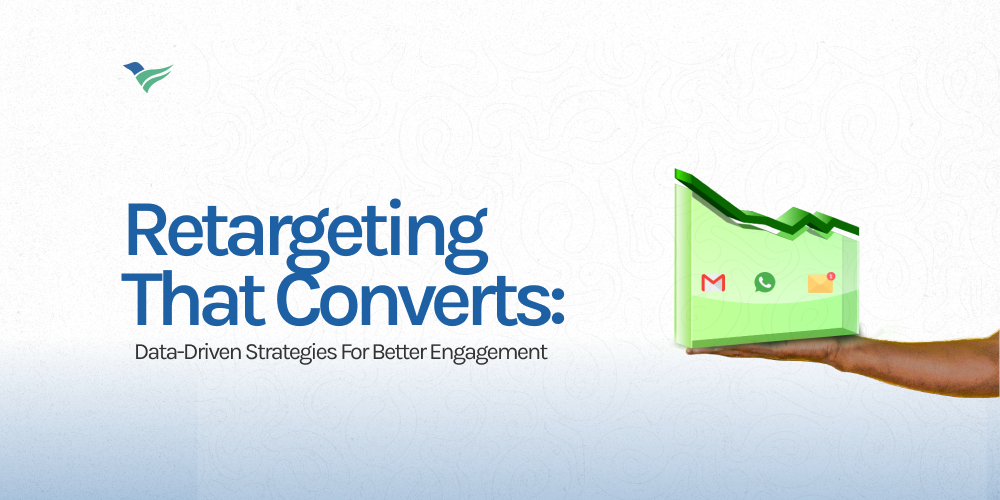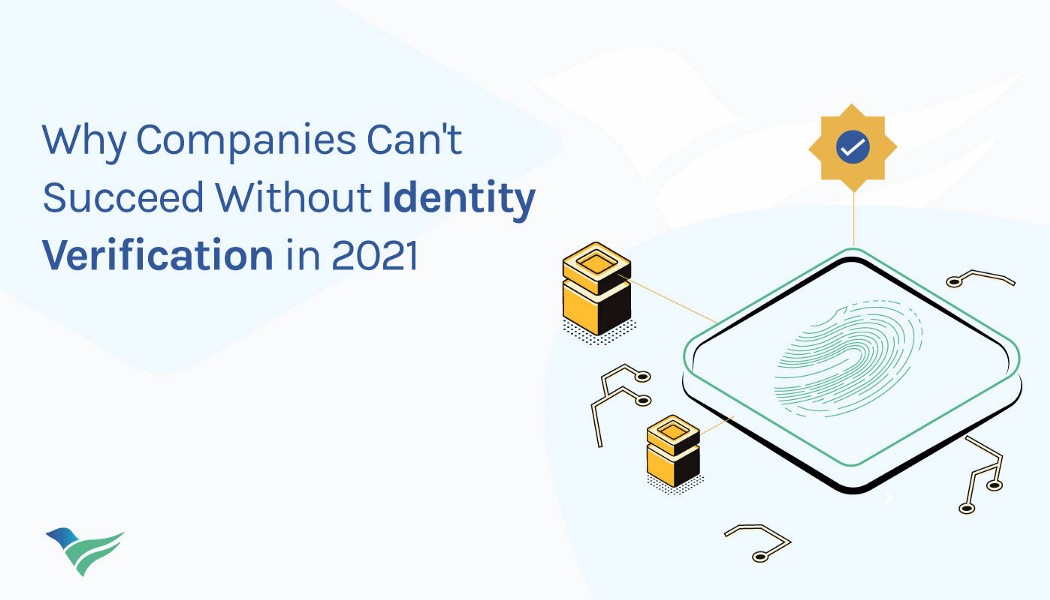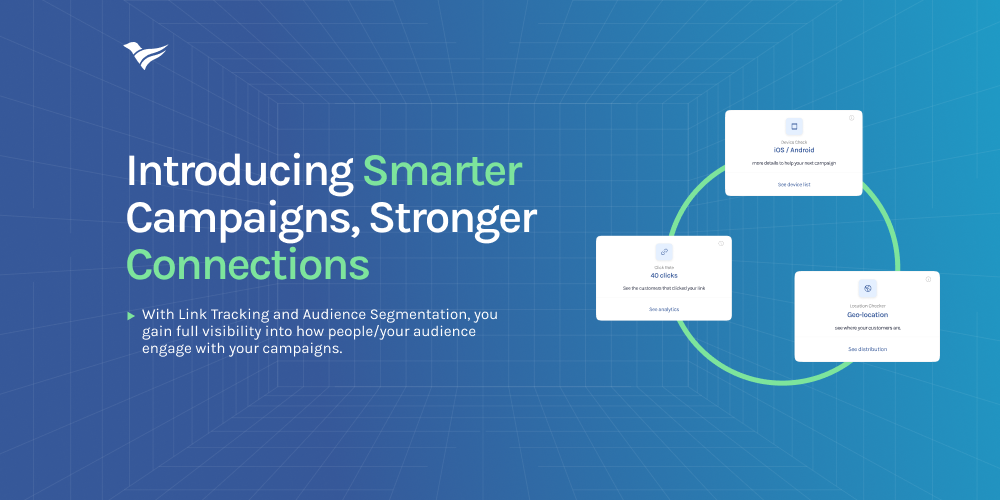Retargeting That Converts: Data-Driven Strategies for Better Engagement

Introduction
Most potential customers don’t convert the first time they visit your website. In fact, according to Google, a staggering 96% of users leave a website without taking action. And yet, too many brands let these visitors slip away without a follow-up strategy.
That’s where retargeting comes in. Done right, it’s one of the most powerful ways to bring back lost leads, drive engagement, and turn interest into revenue. But here’s the catch—blasting the same generic campaign to everyone doesn’t work anymore. Consumers demand relevance, and with privacy regulations tightening, brands need data-backed, intelligent retargeting to stay ahead.
In this article, we’ll break down proven retargeting strategies that actually spark conversations and conversions.
Why Retargeting is Essential: The Stats You Can’t Ignore
The Psychology of Retargeting: Why People Need a Nudge
The reality is, purchasing decisions aren’t instant. According to HubSpot, it takes an average of 8 touchpoints before a customer finally converts. People get distracted, compare options, or just need more time. Retargeting ensures that when they’re ready, your brand is the first thing on their mind.
Loss Aversion: The Fear of Missing Out (FOMO)
One of the most powerful psychological drivers behind retargeting success is loss aversion—the idea that people are more motivated by the fear of losing something than by the prospect of gaining something new. Studies in behavioral economics, particularly by Daniel Kahneman and Amos Tversky, show that the pain of losing is twice as intense as the pleasure of gaining. This means that when a consumer sees a retargeted ad reminding them of an item they left in their cart, it subconsciously triggers a sense of potential loss.
Familiarity Bias: Repeated Exposure Builds Trust
Consumers are wired to prefer things that feel familiar. The mere-exposure effect, a psychological phenomenon identified by psychologist Robert Zajonc, states that people tend to develop a preference for things simply because they are exposed to them repeatedly. Retargeting plays directly into this by keeping your brand top-of-mind through consistent, non-intrusive reminders.
Choice Paralysis: Reducing Cognitive Overload
Consumers are often overwhelmed with options. Psychologist Barry Schwartz, in his book The Paradox of Choice, explains that too many choices can lead to decision fatigue, causing people to postpone making a decision rather than risk making the wrong one. Retargeting helps by narrowing the choices down to exactly what they were already considering, reducing cognitive overload and making it easier for them to take action.
Retargeting Strategies That Actually Drive Conversations
- Audience Segmentation: One-Size-Fits-All Won’t Cut It
Successful retargeting starts with precision targeting. Instead of lumping all visitors together, break them into intent-driven segments such as:
- Cart Abandoners: People who added items but didn’t check out.
- Page Explorers: Visitors who browsed key pages (pricing, testimonials) but didn’t act.
- Past Customers: People who’ve bought before and might buy again.
- High-Intent Engagers: Users who spent significant time on-site but didn’t convert.
- Dynamic Campaign Message: Show, Don’t Spam
Dynamic retargeting tailors campaign content based on what users interacted with—whether it’s a product, a service page, or even a blog post.
Example:
- Someone checked out your sneakers? Show them that exact pair with a limited-time discount.
- They browsed your software pricing page? Serve an ad with a customer testimonial that addresses common hesitations.
- Omnichannel Retargeting: Meet Your Customers Where They Are
Your audience isn’t just on one platform. They’re switching between email, Google, and SMS—sometimes in the same hour. According to Salesforce, brands using multichannel retargeting see 3x more engagement than those sticking to just one platform.
Winning strategy? Retarget them across multiple channels:
- SMS
- Voice
How Termii Supercharges Retargeting for Businesses
Retargeting only works if you’re learning from your data. Termii provides businesses with deep, real-time insights into their sent campaigns, helping them track performance, segment audiences, and refine strategies for maximum engagement.
Campaign Performance Insights: Understand What’s Working
With Termii, you don’t have to guess whether your messages are effective. Instead, you get clear visibility into:
- Delivery rates: See how many messages were successfully sent and opened.
- Click-through rates (CTR): Track engagement levels across different channels.
- Conversion trends: Identify what’s driving actual sales and responses.
Smart Segmentation: Personalize Follow-Ups Like a Pro
Not every customer should get the same follow-up message. With Termii’s data-driven segmentation, you can:
Retarget engaged users with personalized offers
Exclude unresponsive audiences
Conclusion: Smarter Retargeting Starts with Smarter Insights
Retargeting isn’t just about keeping your brand in front of potential customers—it’s about understanding their behaviors, preferences, and engagement patterns to craft meaningful, high-impact interactions. Running ads without insights is like setting sail without a map. You might move forward, but you’ll have no idea whether you’re heading in the right direction.
The brands that win aren’t the ones shouting the loudest—they’re the ones listening the closest. So, are you ready to stop guessing and start retargeting smarter? Visit termii.com today, your audience is waiting.
Your customers haven’t forgotten you—don’t forget them.


